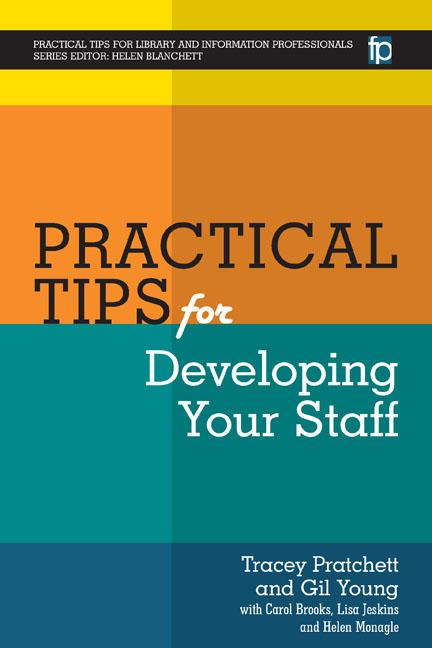Book contents
- Frontmatter
- Contents
- List of figures and tables
- Acknowledgements
- The authors
- List of abbreviations
- Series Editor's introduction
- Introduction
- Section 1 Theories
- Section 2 Infrastructure
- 11 Why develop staff?
- 12 Workforce planning
- 13 Job descriptions
- 14 Person specifications
- 15 Advertisements
- 16 Shortlisting
- 17 Interviews
- 18 Interviews – presentations and tests
- 19 Interviews – feedback
- 20 Inductions
- 21 Managing performance
- 22 Team development plans
- 23 Appraisals – preparing
- 24 Appraisals – conducting
- 25 Setting objectives
- 26 One-to-ones
- 27 Feedback – general
- 28 Team building
- 29 Team meetings
- 30 Sharing learning with the team
- 31 Writing references
- 32 Exit interviews
- 33 Effective handover
- Section 3 Activities and tools
- Index
13 - Job descriptions
from Section 2 - Infrastructure
Published online by Cambridge University Press: 09 June 2018
- Frontmatter
- Contents
- List of figures and tables
- Acknowledgements
- The authors
- List of abbreviations
- Series Editor's introduction
- Introduction
- Section 1 Theories
- Section 2 Infrastructure
- 11 Why develop staff?
- 12 Workforce planning
- 13 Job descriptions
- 14 Person specifications
- 15 Advertisements
- 16 Shortlisting
- 17 Interviews
- 18 Interviews – presentations and tests
- 19 Interviews – feedback
- 20 Inductions
- 21 Managing performance
- 22 Team development plans
- 23 Appraisals – preparing
- 24 Appraisals – conducting
- 25 Setting objectives
- 26 One-to-ones
- 27 Feedback – general
- 28 Team building
- 29 Team meetings
- 30 Sharing learning with the team
- 31 Writing references
- 32 Exit interviews
- 33 Effective handover
- Section 3 Activities and tools
- Index
Summary
THE JOB DESCRIPTION outlines the main tasks and responsibilities of a role. It should provide you with a clear outline of the role you wish to recruit to and give potential candidates a good understanding of what would be expected of them if they were successful in the recruitment process. It is an important document, as it forms part of the contract of employment with the successful applicant.
If you have a human resources (HR) department they will usually help you with this. Very often they will have a procedure for you to follow and there might be a standard layout which you will be expected to use. The job description forms the basis for the person specification which is outlined in the next Tip (p. 34). The job description should make clear the following (the headings may vary depending on the organization):
• the job title
• the name of the employing organization
• the department or division in which the job is based
• the title of the person the role is accountable to
• the title(s) of the roles the person is responsible for
• the main purpose of the role
• the main duties and responsibilities associated with the role
• information about the legal requirements of the role, such as responsibilities around health and safety, risk management, confidentiality, data protection and freedom of information
Best for
□ Clarifying for both the applicant and the employer the main tasks and responsibilities of the role.
More
□ In addition to forming part of the legal contract between the employer and employee the job description is one of the building blocks for the psychological contract which will be formed between the successful applicant and the employing organization. The psychological contract is the ‘expectations of an employee or workforce towards the employer’ (Chapman, 2014).
□ Once you have written the job description, and the accompanying person specification, it will usually have to be approved by HR or, in some cases, a panel. It is often at this stage that a salary and/or grade is attached to the post. It is important that the description makes it clear at what level each of the tasks should be performed to assist in this process.
- Type
- Chapter
- Information
- Practical Tips for Developing Your Staff , pp. 33 - 34Publisher: FacetPrint publication year: 2016

